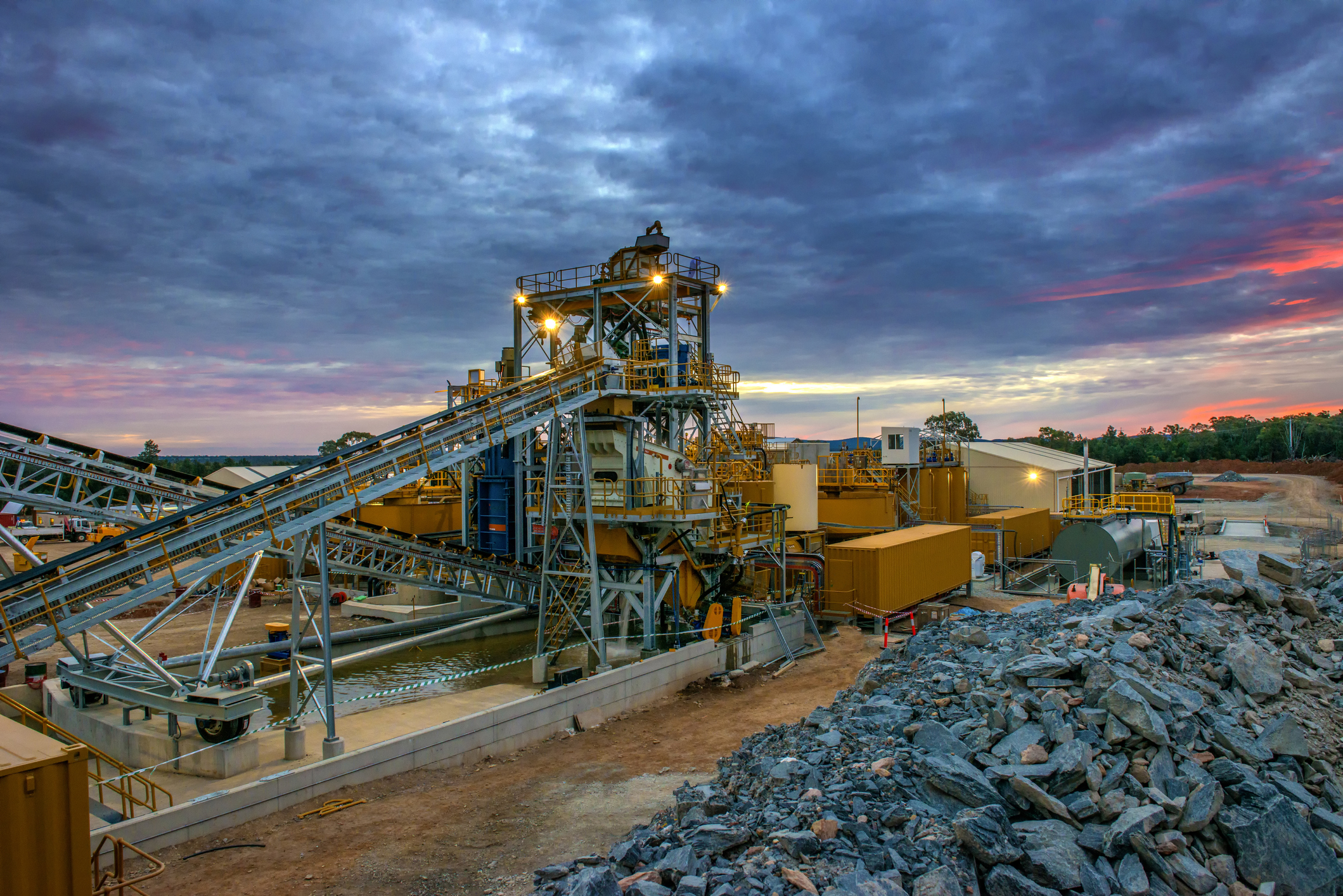After wild swings in prices throughout the COVID-19 pandemic, lumber prices have been stable through the last few years, with futures hovering between $500 and $700 per thousand board feet. Lumber is a key input in homebuilding and home improvement. With the housing market sluggish, lumber prices are still down significantly from their peak during the COVID-19 pandemic.

Top lumber stocks in 2025
Let's delve into a few of the best lumber stocks to buy this year.
1. International Paper

NYSE: IP
Key Data Points
2. Boise Cascade

NYSE: BCC
Key Data Points

NYSE: WFG
Key Data Points
The West Fraser Timber Company (WFG +1.40%) produces much of its wood from publicly owned forests in Canada, where it has licenses to harvest. Although more than 40% of the company's 2024 revenue came from lumber, West Fraser also makes pulp, paper, and engineered wood products, like plywood panels.
In February 2021, the lumber producer acquired Norbord, another Canadian timber company and the world's biggest producer of oriented strand board (similar to particleboard), for $3.1 billion. It followed that up with the acquisition of Spray Lake Sawmills in 2023. Like Boise Cascade, West Fraser's business is correlated with new construction, and its revenue has declined by 15% through the first three quarters of 2025.
However, its North American engineered wood products, which benefited from the Norbord acquisition, have been strong and profitable. Long-term trends in the North American housing market should benefit West Fraser's lumber business as new construction should eventually pick up.
Profits for West Fraser can be volatile, as is the case for many commodity producers. The company also currently offers a 2.1% dividend yield.
4. UFP Industries

NASDAQ: UFPI
Key Data Points
Benefits and risks of investing in lumber stocks
Lumber is a commodity, so the benefits and risks of investing in lumber stocks are similar to those of other commodities. They include the following.
Benefits:
- The performance of lumber stock is correlated with the price of lumber. If lumber prices spike like they did during the pandemic, lumber stocks could soar.
- Lumber stocks generally pay dividends.
- Most lumber stocks have some correlation with the housing market, so a recovery in the housing market would benefit the lumber sector.
- Lumber is an essential material for home construction and other purposes, so demand for these companies' products will continue over the long term.
Risks:
- Commodity stocks have relatively little control over their performance since the business is closely tied to lumber prices.
- The lingering weakness in the housing market has caused lumber stocks to spiral through 2025.
- The paper industry has been in a long decline, weighing on lumber stocks with exposure to paper.
- Tariffs have mostly had a negative impact on the industry, which has led to price volatility, pressure on homebuilders, and caused some sawmills to close.
What to look for when investing in lumber stocks
Since the lumber industry is primarily commodity-driven, creating a competitive advantage can be difficult, but there are still differences between lumber stocks. Here's what you should look for:
- Since most of these stocks are dividend payers, you'll want to consider dividend yield, payout ratio, and dividend growth history.
- Lumber companies have different business models. While many process and sell wood products for building materials, they differ in the markets they serve and the products they carry. You'll want to consider the markets they serve.
- Acquisition history. The industry is largely mature, and acquisitions are a popular tactic for driving growth and consolidating operations.
- Profit margins. While profit margins in the industry tend to be volatile due to fluctuations in lumber prices, some lumber companies are more profitable than others.
How to invest in lumber stocks
If you want to buy a lumber stock, here's how to do it. Just follow these steps:
- Open your brokerage app: Log in to your brokerage account where you handle your investments.
- Search for the stock: Enter the ticker or company name into the search bar to bring up the stock's trading page.
- Decide how many shares to buy: Consider your investment goals and how much of your portfolio you want to allocate to this stock.
- Select order type: Choose between a market order to buy at the current price or a limit order to specify the maximum price you're willing to pay.
- Submit your order: Confirm the details and submit your buy order.
- Review your purchase: Check your portfolio to ensure your order was filled as expected and adjust your investment strategy accordingly.
Related investing topics
Be careful with commodities
Investing in commodity stocks can be difficult because prices move for unpredictable reasons, including natural disasters, geopolitical tensions, and market shocks, such as the COVID-19 pandemic. The good news for lumber investors is that lumber is an essential ingredient in homebuilding and home furnishings.
Because of its omnipresence and durability, its status as a key input in those industries is unlikely to change. Structural tailwinds in the U.S. seem to be building for lumber since there's a significant lag in housing inventory. An increasing acceptance of remote work should also favor homebuilding and home improvement.
The best commodity stocks have competitive advantages, allowing the businesses to do well even in difficult economic conditions. The businesses above have all stood the test of time and have stakes in growing industries, such as e-commerce and homebuilding.
International Paper, Boise Cascade, West Fraser, UFP Industries, and Weyerhaeuser look well-positioned for the long term for investors looking to gain exposure to lumber.









